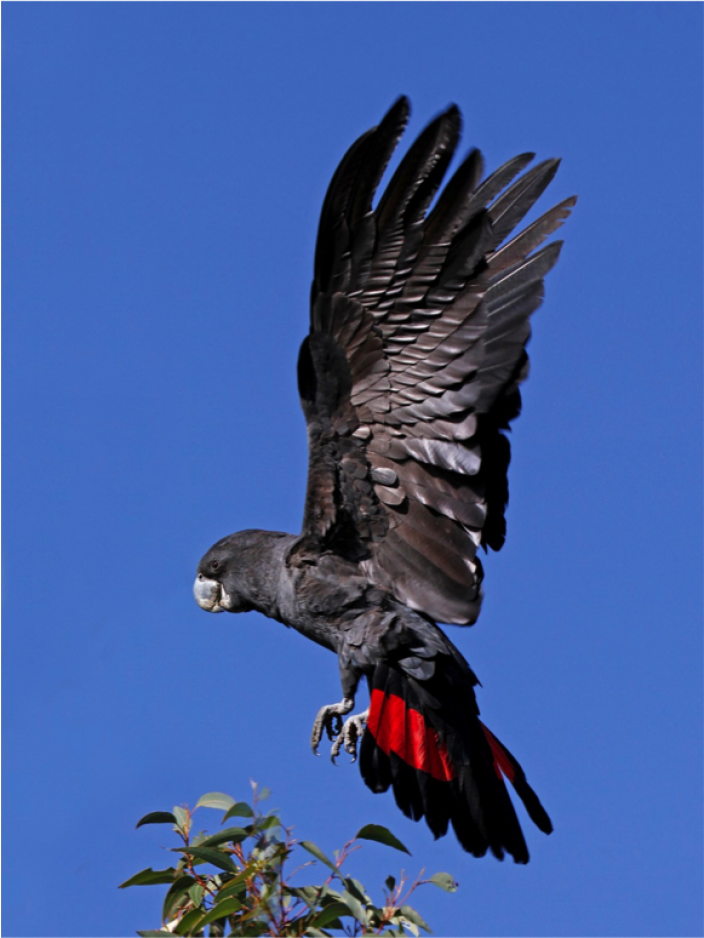For Year 11 students studying AOS1, Unit 1 Reading and Creating Texts, the film Lion Directed by Garth Davis, please find two essay prompts with their Introductions that include the Main Contention and Message of Director colour coded.
Prompt #1 “Every night I imagine that I’m walking those streets home and I know every single step of the way and I whisper in her ear I’m here”. Lion portrays the bonds of family. Discuss.
Introduction / Main Contention / Message of Director
Lion the movie directed by Garth Davis is about love, the bonds of family and the remarkable bond between mother and son that transcends continents. As a young five year old we see Saroo working with his birth mother Kamla in the hills behind their village of Ganesh Talai, Khandwa, India. There is a clear sense of belonging to family and knowing Saroo is accepted and loved shown in the scene where his mother feeds her children with the milk in packets Guddu got in the market. In 1987 Saroo is adopted by Sue and John Brierly who prove a quiet dedication to the bonds of family in the life they provide for Saroo in Tasmania. Then the film transports us 25 years later as the adult Saroo scours Google Earth for clues to the whereabouts of his village in India. The more vivid the memories become for Saroo he feels the more his love for his birth mother is reignited. The pivotal moment is in 2012 in the village of Ganesh Talai when Saroo’s birth mother sees his face after 25 years of separation. The memory of her face had been embedded in Saroo’s mind for such a long time in the many flashbacks he experienced throughout the film. No matter how long Kamla had been apart from her son she knew who he was and their tears spoke for themselves as the bonds of unconditional love is celebrated. Director Garth Davis said that for him the film reminds us that if you can love unconditionally and give a child a home and hope, like Sue gave Saroo, then you can overcome anything through love.
Introduction / Main Contention / Message of Director
Prompt #2 Explore how the landscape plays a significant part in the film Lion.
The film Lion directed by Garth Davis hosts a range of beautifully shot landscape sequences by cinematographer Greig Frasier both in India and Tasmania. The rugged and stunning landscapes play a significant part in the film as they are used to convey Saroo’s current state of mind. The landscape shots were based on stories told by the real Saroo Brierley to the cinematographer with the effect that it allows the viewer to empathise with and create a connection with Saroo. When Saroo says “I have to find my way back home” these words are like a pledge to accomplish something seemingly impossible to achieve across continents of landscapes. Geography is at the heart of the film and we see at the very beginning of the film overhead shots take place as the credits appear which carry great meaning to the real life of Saroo. The landscapes are meant to simulate astral-travelling that Saroo used to do as a child when he would allow his mind to travel across Australian landscapes to Indian landscapes to find his home. Throughout the sequencing of the sweeping landscapes of both India and Australia the film tells the viewer Saroo’s story in sections so that we compare the two. Consequently, it is impossible not to reflect on the juxtaposition between the comfortable, suburban, middle-class upbringing Saroo enjoyed in Hobart, and the tough, dirty, poor lifestyle he inadvertently escaped back in India. More importantly, by mimicking astral-travelling within the magnificent landscapes, Director Davis wanted his audience to appreciate the sense of Saroo as a tiny speck against a massive world and the enormous effort needed to find his way home to the village of Ganesh Talai.




